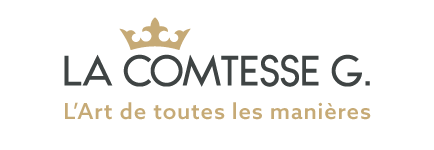2 200,00€
Table Renaissance dite à l’italienne,
Notre table est conçue selon une structure dite à l’italienne, avec deux tirettes latérales. Son piétement est construit comme une colonnade antique reposant sur une entretoise basse moulurée en gradins et débordante affectant la forme d’une croix de Lorraine. Les colonnes baguées, au fût délicatement tourné, supportent une architrave devenue ceinture de table.
Cette table sculptée en noyer, plateau en merisier postérieur possède un piètement d’origine et entretoises sculptées de palmettes et enroulements, ceinture sculptée en motifs de godrons.
La massivité du piétement est étudiée afin de conserver un bon équilibre à l’ensemble lorsque les rallonges sont tirées. Les toupies en pendentifs aux quatre angles de la ceinture décaissée, ajoutent à l’aspect déjà très raffiné de ce modèle de la seconde Renaissance.
Pour l’expédition, nous consulter,
Italian-style Renaissance table,
Our table is designed according to a so-called Italian structure, with two side pulls. Its base is built like an ancient colonnade resting on a low spacer molded in steps and overflowing affecting the shape of a cross of Lorraine. The ringed columns, with the barrel delicately turned, support an architrave become table belt.
This carved walnut table, back cherry top has an original base and carved spacers of palmettes and coils, belt carved in gadroon patterns.
The mass of the legs is studied in order to maintain a good overall balance when the extensions are pulled. The pendants tops at the four corners of the lowered belt, add to the already very refined aspect of this model of the second Renaissance.
POUR L’EXPÉDITION, NOUS CONSULTER
FOR SHIPPING, CONTACT US
Hauteur : 76 cm,
Largeur : 93 cm,
Longueur : 135cm.
Poids : 70 Kgs
Matière : Bois Noyer, plateau merisier.
Origine : France
Certificat, expertise : Non,
Signature : Non,
Italian-style Renaissance table,
Our table is designed according to a so-called Italian structure, with two side pulls. Its base is built like an ancient colonnade resting on a low spacer molded in steps and overflowing affecting the shape of a cross of Lorraine. The ringed columns, with the barrel delicately turned, support an architrave become table belt.
This carved walnut table, back cherry top has an original base and carved spacers of palmettes and windings, belt carved in gadroon patterns.
The mass of the legs is studied in order to maintain a good overall balance when the extensions are pulled. The pendants tops at the four corners of the lowered belt, add to the already very refined aspect of this model of the second Renaissance.
Informations complémentaires
| Epoque | XVIIème siècle |
|---|---|
| Style | Renaissance |








